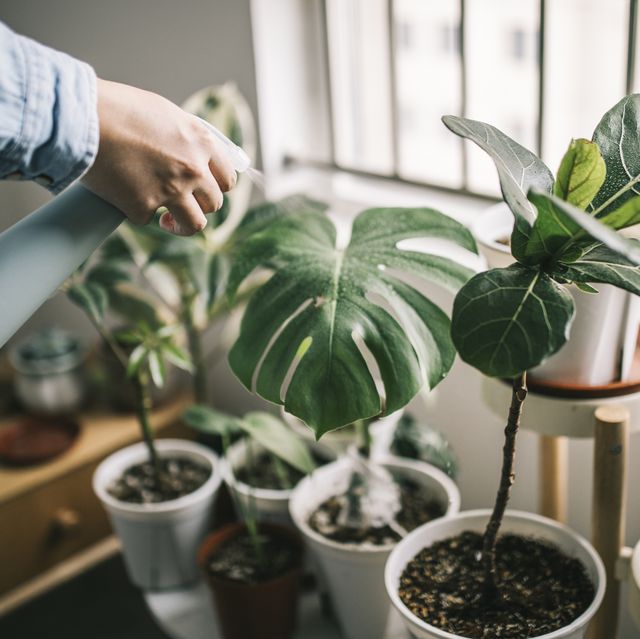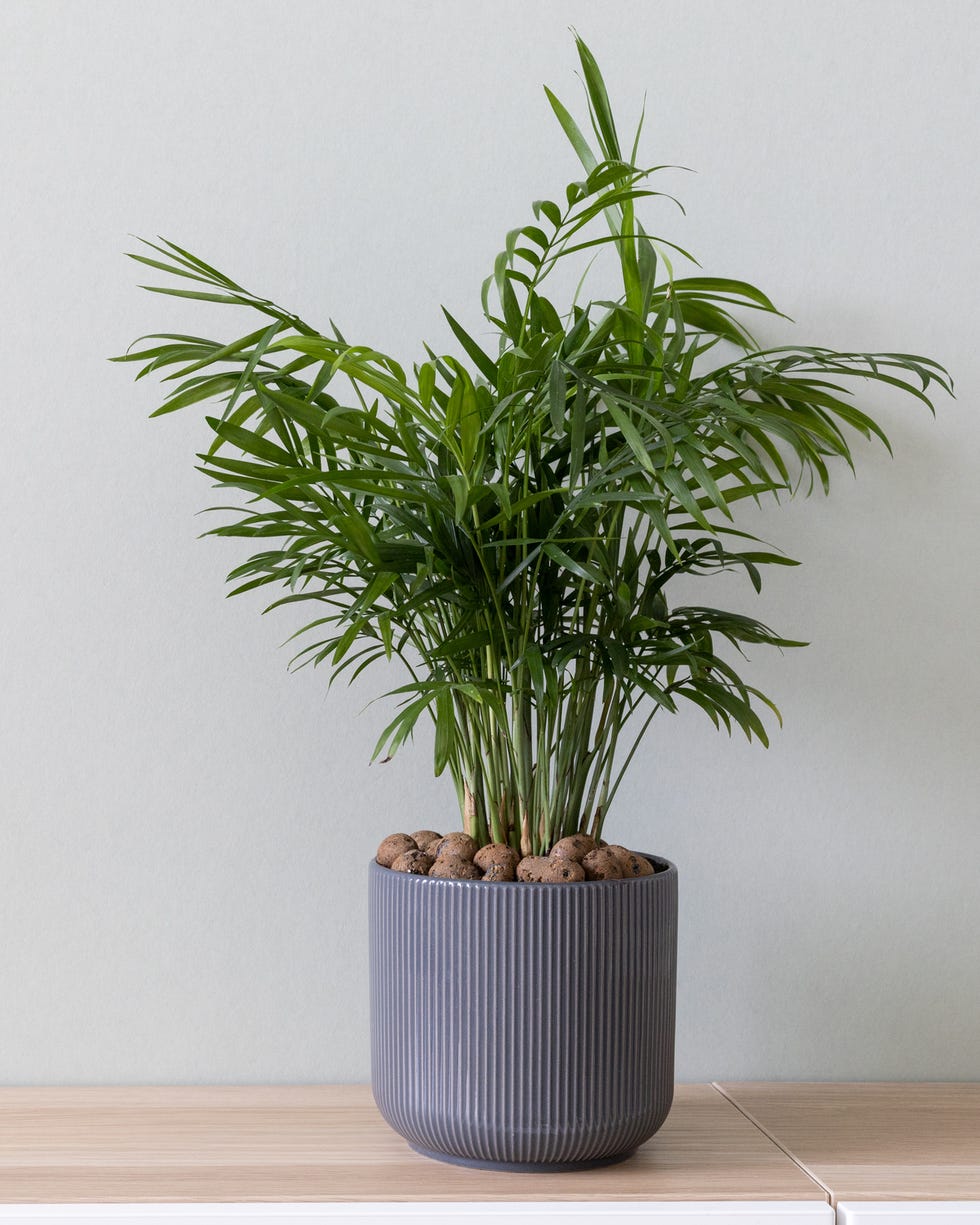Discover the Best Low-Light Indoor Plants for Enhancing Your Home Décor
Incorporating low-light interior plants right into your home design can dramatically improve both aesthetic appeals and atmosphere, particularly in areas that do not have abundant all-natural light. Varieties such as the Serpent Plant and ZZ Plant not only bring life to dim edges however also contribute to boosted air quality and total well-being.

Why Pick Low-Light Plants
Why choose low-light plants in your interior areas? The contemporary living environment often offers challenges such as limited all-natural light, making it tough for conventional houseplants to prosper. Low-light plants are particularly adapted to endure and thrive in these conditions, using a practical option for individuals looking for to enhance their interior spaces without the added anxiety of maintaining a lot more light-demanding flora.
Along with their durability, low-light plants add considerably to the aesthetic appeals of a space. Their diverse series of sizes, colors, and forms enables for one-of-a-kind interior decoration chances, creating welcoming and dynamic ambiences. Indoor plants are recognized for their air-purifying top qualities, improving indoor air top quality by filtering system contaminants and launching oxygen, which can enhance general wellness.
Low-light plants also need very little upkeep, making them specifically appealing to hectic people or those new to horticulture. Their flexibility permits placement in various environments, from workplace rooms to poorly lit edges of the home. By picking low-light plants, you can enjoy the benefits of greenery without the restraints that frequently go along with typical horticulture, inevitably cultivating a healthier and much more visually appealing interior environment.
Leading Low-Light Indoor Plants
For those looking for to enhance their indoor areas with greenery that thrives in low-light problems, numerous plant alternatives stand out for their resilience and aesthetic charm. The Snake Plant (Sansevieria trifasciata) is a popular selection, recognized for its upright, sword-like fallen leaves and capacity to tolerate neglect. This sturdy plant can survive in dimly lit locations while enhancing interior air high quality.
Another excellent alternative is the Pothos (Epipremnum aureum), identified by its heart-shaped fallen leaves and tracking vines. When put on racks or hanging baskets., Pothos is not just adaptable to reduced light yet likewise offers a striking aesthetic contrast.
The ZZ Plant (Zamioculcas zamiifolia) is equally impressive, flaunting glossy, dark environment-friendly fallen leaves that can brighten up any kind of corner. Its dry spell resistance makes it ideal for active house owners.
Treatment Tips for Low-Light Plants
How can you make certain that your low-light indoor plants thrive in spite of restricted sunshine? First, choose the proper potting mix that supplies great water drainage while preserving wetness. A well-aerated soil, such as a blend of potting dirt and perlite, can help stop root rot.
Watering is crucial; low-light plants normally call for less regular watering compared to their sun-loving counterparts. Always examine the leading inch of the dirt-- if it really feels completely dry, it's time to water. Beware of overwatering, as this can bring about fungal problems and root degeneration.
Feeding low-light plants should be done moderately - Best low-light indoor plants. Make use of a balanced, water-soluble fertilizer during the expanding period, but decrease or get rid of fertilization in the inactive months
Furthermore, dust can build up on leaves, hindering photosynthesis. Carefully wipe the fallen leaves with a wet towel to maintain them tidy.
Lastly, observe your plants very closely. Indications of distress, such as yellowing fallen leaves or leggy growth, can indicate that your plant needs modifications in care (Best low-light indoor plants). By adhering to these treatment suggestions, your low-light indoor plants can flourish, adding charm and vigor to your home
Creative Ways to Display Plants
Elevating the aesthetic charm of your indoor area can be achieved by thoughtfully presenting your low-light plants in imaginative means. Think about using vertical room to your benefit; wall-mounted racks can display routing plants like pothos or philodendron, adding lushness while conserving flooring space. Use plant pop over to this site stands of varying heights to produce visual passion and depth, attracting the eye upwards.
Hanging planters are another excellent option, supplying a remarkable effect when put on hold from the ceiling or hooks. Macramé wall mounts can introduce structure and bohemian panache, while modern ceramic hangers can match a minimal visual. For a much more cutting-edge approach, repurpose distinct containers such as classic teacups or glass jars, which can find more info add individuality to your screen.
Grouping plants in clusters is also reliable; usage varying pot dimensions and shades to develop a natural look. This approach not only enhances visual impact however likewise supplies a natural environment feeling - Best low-light indoor plants. Last but not least, consider placing plants near light sources like lights or windows to enhance their development and showcase their dynamic vegetation, hence boosting the total setting of your indoor atmosphere.
Advantages of Indoor Greenery
Numerous research studies have actually shown that incorporating indoor greenery right into your living space provides a wide range of benefits, enhancing both physical and psychological health. Among one of the most substantial advantages of interior plants is their capability to enhance air high quality. Plants take in carbon dioxide and launch oxygen, creating a healthier atmosphere while additionally filtering system out harmful toxic substances, thus promoting respiratory system health.
Additionally, the visibility of greenery has actually been connected to reduced tension levels. Research study suggests that interacting with plants can reduce cortisol levels, which are connected with anxiety. This soothing result can result in improved state of mind and raised performance, making indoor plants a suitable enhancement to work spaces.
Furthermore, interior plant can improve cognitive feature. Researches suggest that settings enriched with plants can lead to boosted focus, creative thinking, and overall psychological clearness. The aesthetic allure of indoor plants also adds to a much more inviting and pleasurable atmosphere, favorably influencing social communications and overall contentment within an area.
Final Thought

Including low-light interior plants right into your home decoration can substantially improve both visual appeals and atmosphere, especially in areas that do not have bountiful all-natural light. Varieties such as the Snake Plant and ZZ Plant not just bring life to lower corners yet also contribute to enhanced air quality and general wellness. Indoor plants are recognized for their air-purifying top qualities, improving indoor air top quality by launching and filtering system toxic substances oxygen, which can boost total wellness.
For those seeking to improve their interior spaces with plant that grows in low-light problems, several plant choices stand out for their strength and aesthetic appeal. These durable plants, such as the Serpent Plant and ZZ Plant, flourish in dark conditions and require marginal maintenance, making them ideal for various way of lives.
Comments on “The Best Low-Light Indoor Plants for Beginners and Busy Plant Owners”